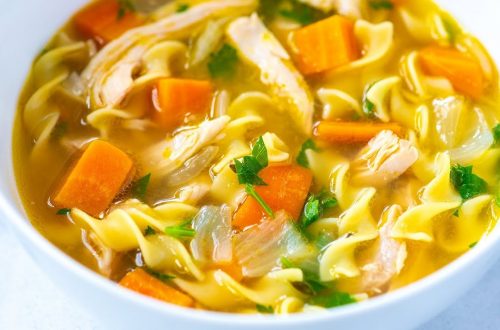
My Kitchen Year: 136 Recipes That Saved My Life
When Gourmet magazine shut its doors in 2009, longtime editor in chief Ruth Reichl was as blindsided by the news as the rest of us. In times of upheaval and uncertainty we are reflexively drawn to what comforts us and for Reichl that means cooking. My Kitchen Year is four seasons of intimate anecdotes and recipes chronicling the first year of Reichl’s post-Gourmet life.

It is a cookbook with diary-style entries reflecting on the day and what led to the next recipe. The photography, like the rest of the book, is beautifully produced and never fussy—the perfect pairing for dishes inspired by tears, laughter, love, and a need to feel grounded when life has gone careening off the rails. My Kitchen Year is astonishingly personal and Ruth Reichl’s willingness to share not only her cherished recipes but also her thoughts and feelings during a year of transition make My Kitchen Year a very special volume.
Total time: 50 minutes plus freezing time | Makes 40 to 50 dumplings
- 1 bunch green onions
- 2/3 pound ground pork
- 1 1/2 teaspoons grated fresh ginger
- Dried shiitake mushrooms
- Fresh water chestnuts
- 1 tablespoon soy sauce
- 1 tablespoon rice wine or dry sherry
- 2 teaspoons sesame oil
- 2 teaspoons sugar
- Pepper
- 1 egg white
- 1 tablespoon cornstarch
- 1/2 cup water
- 1 package round dumpling wrappers
1. Chop the green onions (both white and green parts) and mix them with the ground pork. Grate in a generous bit of ginger. If you found dried shiitake mushrooms, reconstitute a couple, chop them, and add them too; they add a very appealing flavor note. A couple of chopped water chestnuts are also a lovely addition, giving terrific crunch — but only if you can find fresh ones; the canned kind have a nasty metallic taste and a slightly mealy texture.
2. In another bowl mix the soy sauce with the rice wine and the sesame oil. Add the sugar, a good grind of black pepper, and the white of an egg. Stir this gently into the pork mixture until it’s completely incorporated, and allow it to rest for at least half an hour (or overnight in the refrigerator).
3. When you’re ready to assemble your dumplings, mix the cornstarch into a half cup of water in a small bowl. Set it next to a pile of dumpling wrappers. I find the commercial wrappers rather thick, so I like to roll each one out a bit with a rolling pin to make it thinner (this also allows you to make fatter dumplings).
4. Put a heaping teaspoon of filling onto the wrapper, brush the top edge lightly with the cornstarch mixture, fold the wrapper over into a crescent, and press and print the edges firmly together, trying to press all the air out of each dumpling. Set each one on a baking sheet as it’s finished, making sure it’s not touching another dumpling. Cover with plastic wrap as you work.
5. Freeze the dumplings, in a single layer, on their baking sheet. When they’re frozen, put them into plastic bags (they’ll keep in the freezer for 6 weeks).
6. To cook, bring a big pot of water to a boil. Throw as many dumplings as you’d like into the pot, bring the water back to the boil, and cook for 7 minutes. (If you’re cooking unfrozen dumplings, it will take about 5 minutes). They’ll rise to the top when they’re ready.
Each of 50 dumplings: Calories 41; Protein 2 grams; Carbohydrates 5 grams; Fiber 0; Fat 1 gram; Saturated fat 0; Cholesterol 5 mg; Sugar 0; Sodium 68 mg






